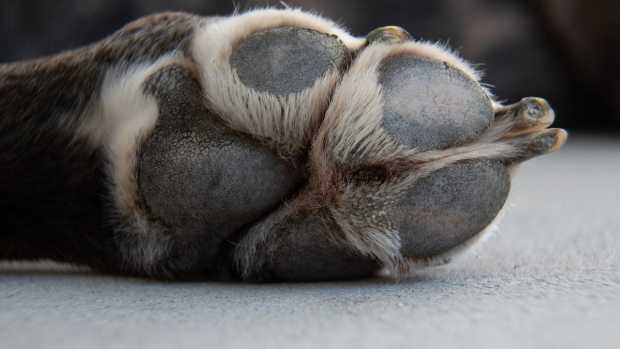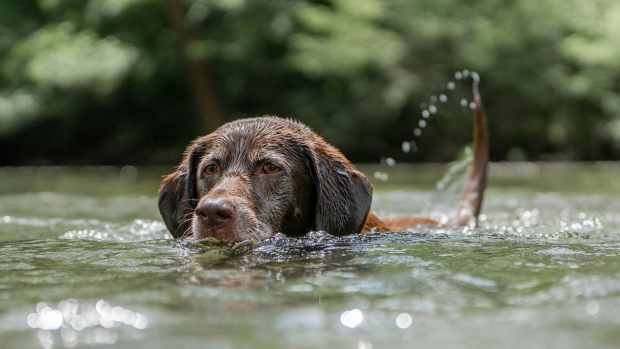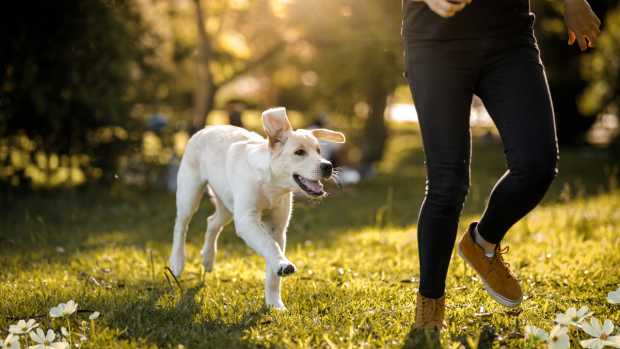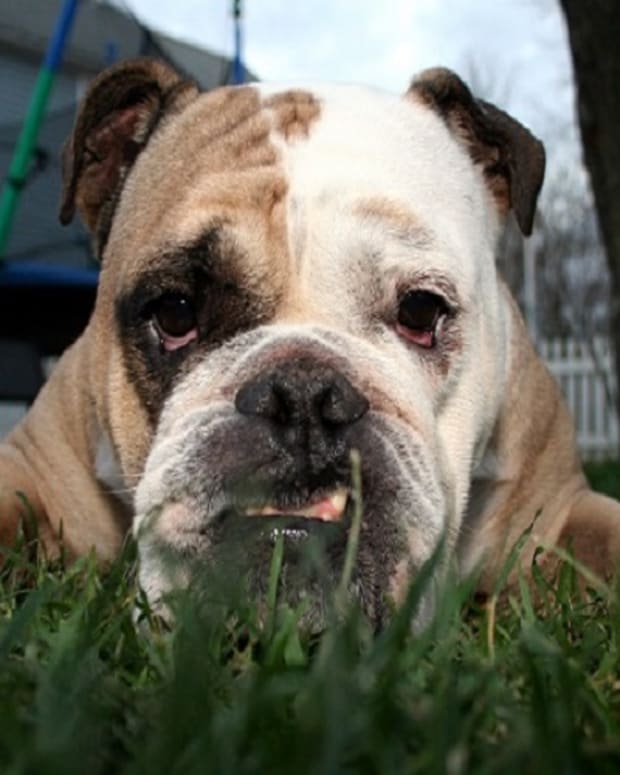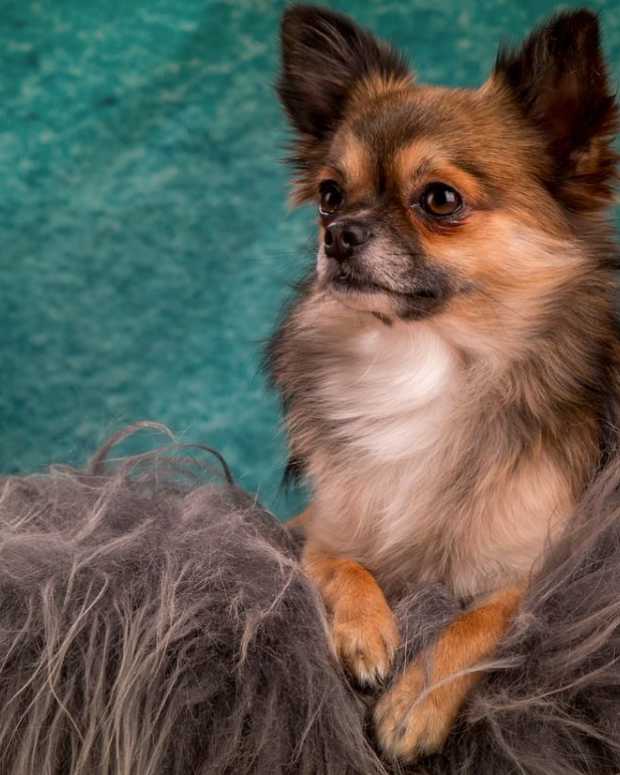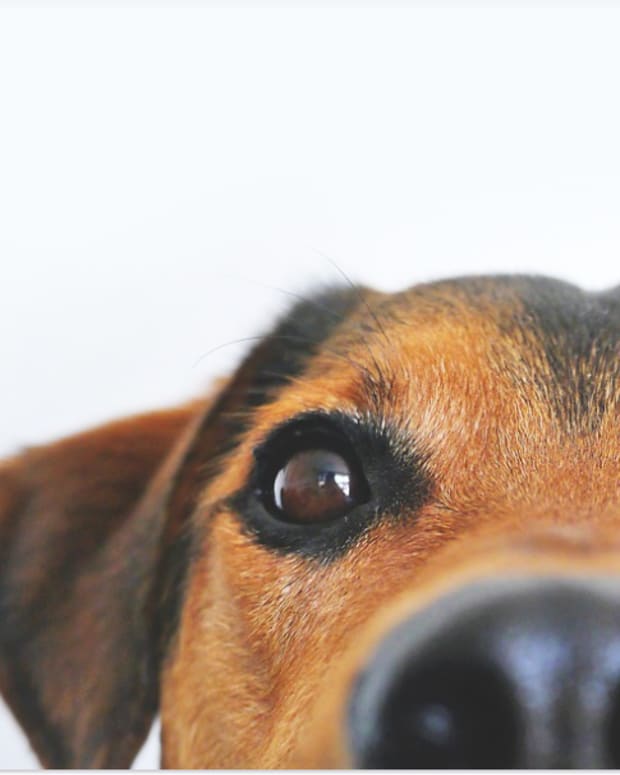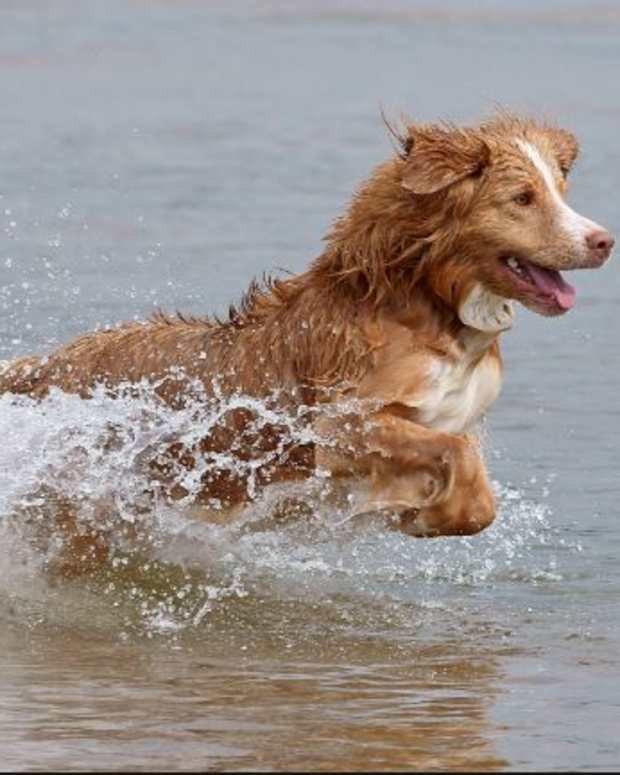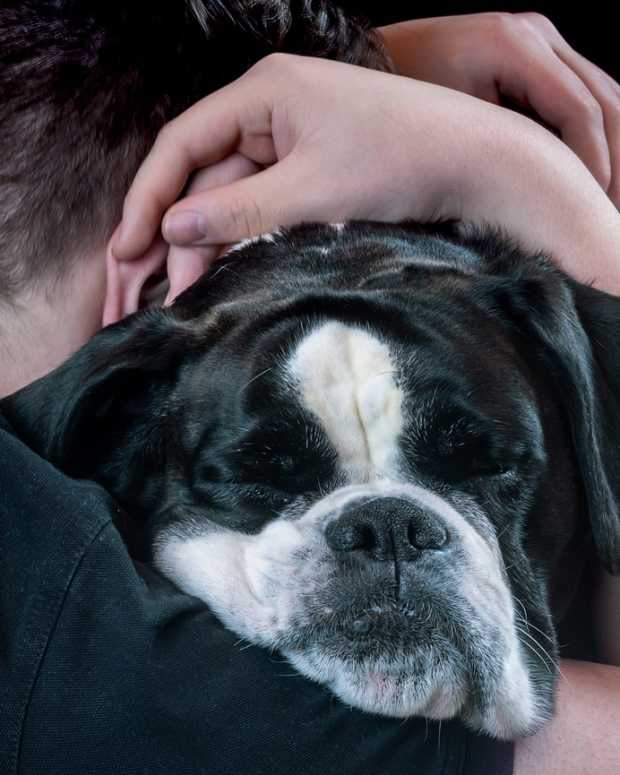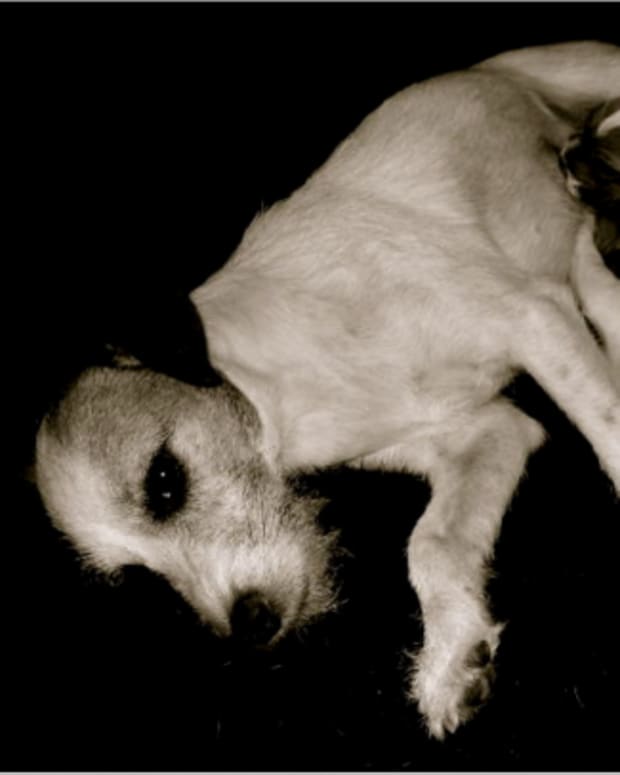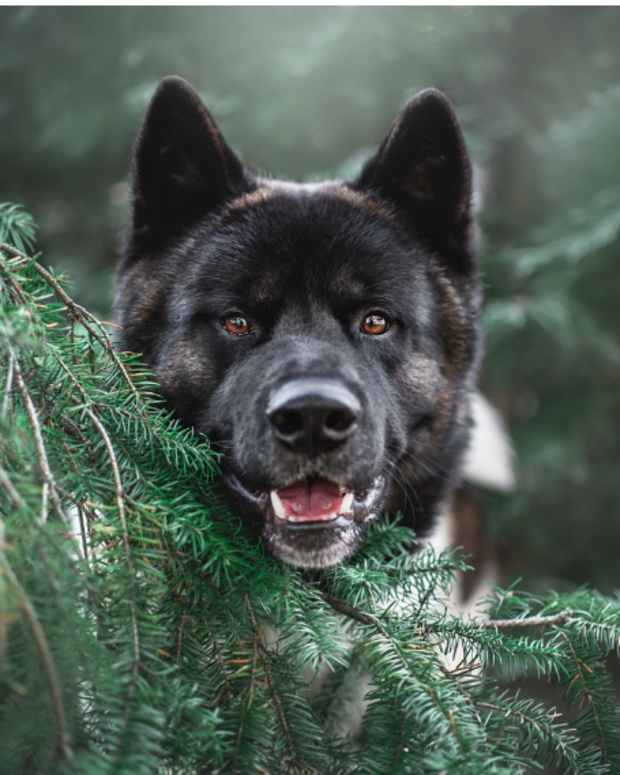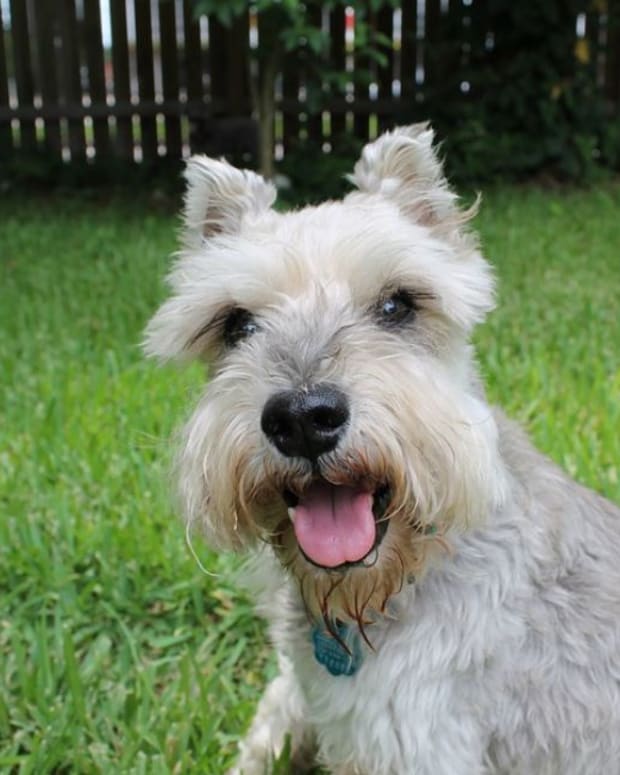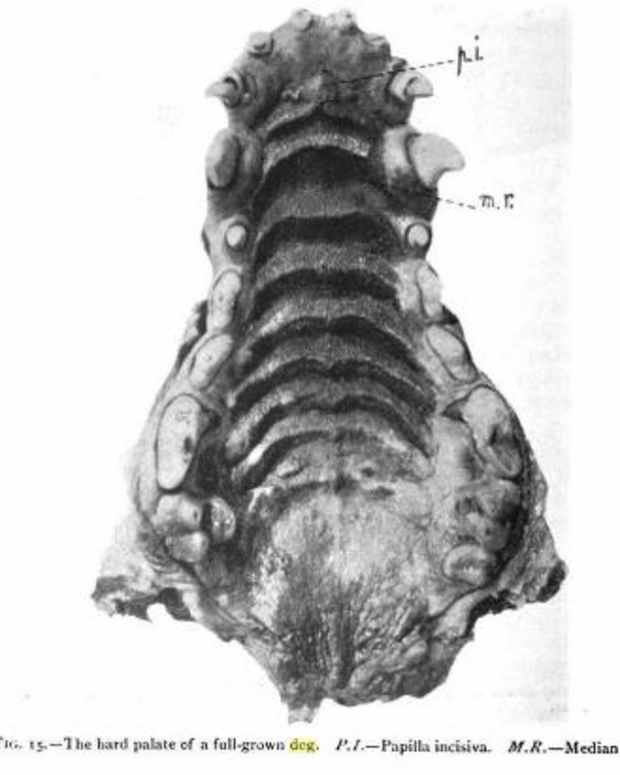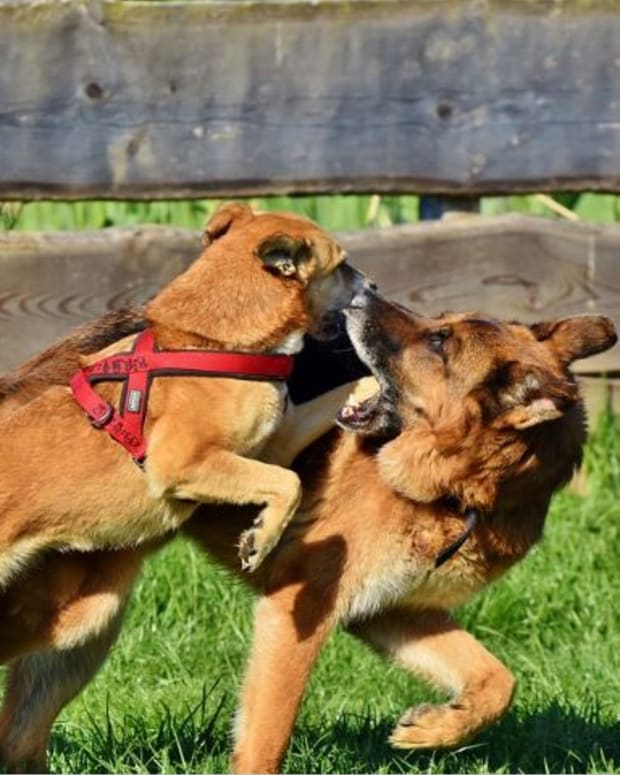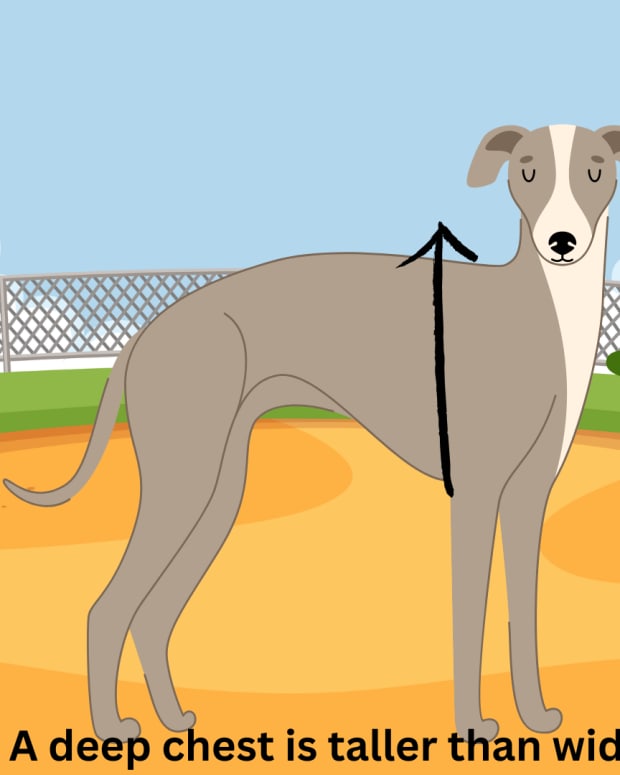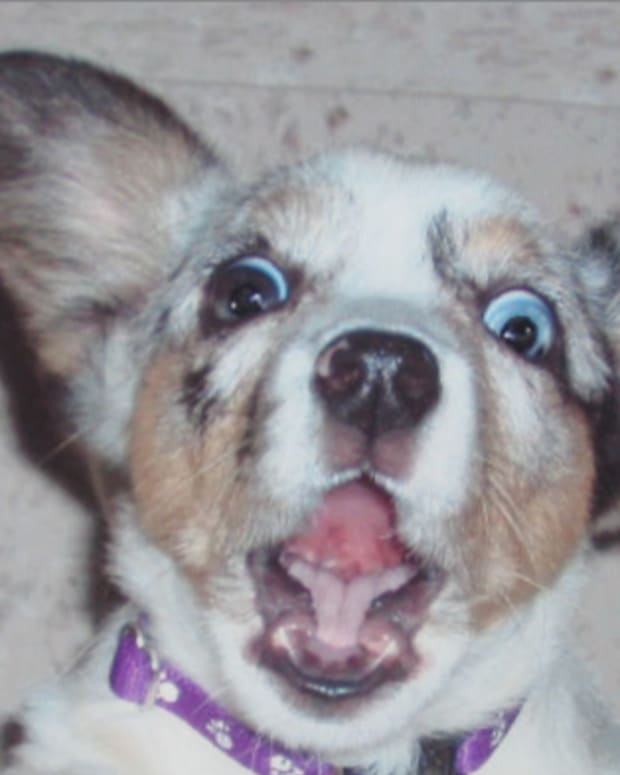Ask the Vet: Why Do Dogs Get Pus in Their Eyes?
As a responsible dog parent you need to be familiar with many not very fabulous situations. One of those situations is the presence of eye gunk. The medical term for gunk is eye discharge. There are several different types of discharge and each type indicates a different problem. Generally speaking, a clear and watery discharge is a sign of a smaller problem and can be easily fixed. On the flip side, a yellowish-green, pus-like discharge with a crusting tendency is a sign of a bigger problem and requires veterinary attention.
It should be well-noted that a clear and watery discharge can turn into pus-like discharge really quickly. Therefore, if you notice that your dog’s eyes are unusually wet and gunk-filled do not wait to see how the situation develops! Instead, make an appointment and have your dog examined by a veterinary professional. When it comes to eye problems, time is of the essence – seeing the vet early on, ensures a better outcome.
Dog's Tear Formation and Drainage
Two lacrimal (tear) glands in each of your dog's eyes produce the water in tears. This water forms a middle layer in the tears. The inner, mucus layer comes from the conjunctiva and the outer, oily layer comes from the eyelids.
One tear gland lies above the eye, just below the bony ridge of the eye socket. The other gland forms part of the third eyelid and produces tears in the lower half of the eye.
In general, both glands produce a roughly equal amount of tears. In each eye, tears collect in the corner nearest the nose and drain away through two channels (the upper caniculus and lower caniculus) along the nasolacrimal duct and into the nasal cavity. If this duct is blocked, or poorly formed, tears overflow on to the face.
Different Types of Eye Discharge in Dogs
As stated, there are several different types of eye discharge. Since some are normal and some warrant a trip to the vet’s office, differentiating them is quite important. Here are just a few examples of eye discharge in dogs:
- A little crust or goop
- Clear and watery
- Reddish brown tear stains
- White-gray mucus
- Yellow or green eye discharge
A clear, colorless discharge usually indicates that the eye is suffering from a physical or allergic irritation. Dust, wind blowing in the face, and cold air can cause bilateral and excessive production of watery discharge. Allergens such as pollens can do the same, but allergy is often accompanied by an itchiness that makes the dog rub its face.
The presence of unilateral, watery discharge is usually triggered by a foreign body.
A jelly-like discharge of mucus may result from irritation by a foreign body or from an infection. These culprits trigger increased mucus production.
A yellowish-green discharge is pus, which means that infection is present and must be treated at once.
A Case of Conjunctivitis
Conjunctivitis, also known as "red eye" is an inflammation of the eye’s protective mucous membrane, the conjunctiva. This membrane lines the inside of the eyelids and the surface of the eyeball as far as the cornea.
Bacterial and Fungal Conjunctivitis
The conjunctiva is a host to many normal bacteria and fungi. Injuries, foreign bodies in the eye, viral infections, or most important of all, a reduction in tear production will all allow some of these bacteria and fungi to grow rapidly. As a result, they cause an infection.
Symptoms of one of these infections include redness, a yellowish-green discharge and crusting on the eyelids. Dogs may blink, squint slightly or paw at and rub their eyes.
In neonatal conjunctivitis, a newborn pup may suffer an infection before or after the eyelids have separated, usually between 10 and 14 days. Pups with fused eyelids are prone to neonatal conjunctivitis. The eyelids are bulgy, swollen and with a discharge. If your pup is affected, you must let your vet know at once in order to prevent more serious disease.
The infection itself is diagnosed by culture and sensitivity tests and is treated with the appropriate topical antibiotics. To treat the condition, you can use sterile saline eyewash to flush the eyes several times each day. If there is a crust, soak it in warm water, then loosen and remove it with a warm, damp washcloth.
Viral Conjunctivitis
The viruses that cause distemper and hepatitis also predispose the eyes to developing bacterial conjunctivitis. Distemper is linked with reduced production of tears. Consequently, the affected eye is likely to become dry.
An early diagnosis of distemper is sometimes made by examining a conjunctival scraping for viral particles. Secondary bacterial infection is treated with appropriate antibiotics. The eyes are kept moist with proprietary saline eye wash and monitored carefully for the possible development of dry eye.
Parasitic Conjunctivitis
In the Western United States there is a parasitic worm, Thelazia californiensis that can inhabit the space between the eyelids and the eye. The presence of this worm causes conjunctivitis known as thelaziasis.
Locating the worm by eye examination confirms thelaziasis. The vet uses a drop of local anesthetic and removes the worm with forceps. Alternatively, the eye is flushed with an antiparasitic solution specially prepared for the eye.
Now That You Know...
Dog eye gunk is not a glamorous topic to talk about. It is not even fun. In fact, it is gross and stinky. However, as a devoted dog parent, you have to deal with many gross and stinky situations on a daily basis.
Jokes aside, the presence and type of gunk can give us a significant number of clues and tell us a lot about the dog’s eyes.
As mentioned, generally speaking, a clear, watery discharge is a sign of a smaller problem that may be easily fixed. On the flip side, a yellowish-green, pus-like discharge with a crusting tendency is a sign of a bigger problem. Keep in mind that a clear and watery discharge can turn into pus-like discharge really quickly.
Keeping an eye on the appearance of your dog's eye gunk can therefore be quite helpful. That does not mean that you need to become a ‘’gunk patrol’’ and constantly check your dog’s eyes. Just make sure you closely inspect them at least once a day or once in two days.
Disclaimer: this article is not meant to be used as a substitute for professional veterinary advice or behavioral advice. If your dog is acting sick or aggressive please consult with a qualified professional for proper diagnosis and treatment.


